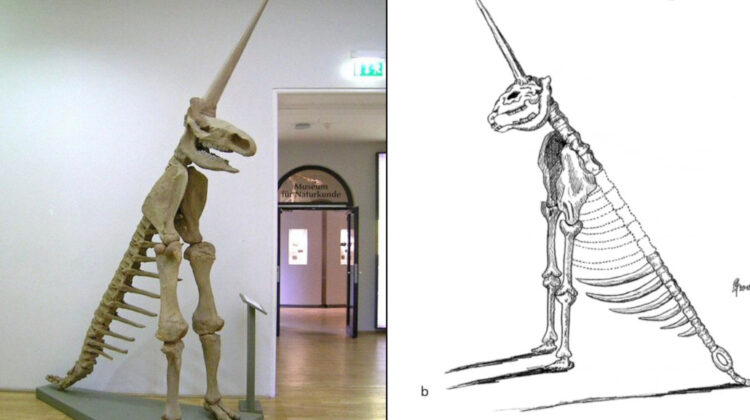
The Magdeburg Unicorn, a fascinating and enigmatic creature, has captured the imagination of people for centuries. A woolly rhinoceros and a narwhal have been proposed as potential sources of inspiration for the creature, but its true identity remains shrouded in mystery.
The Magdeburg Unicorn was a collection of fossils that were discovered in 1663 at Seweckenberge, a German steppe known for containing fossils from the ice age and beyond. Prussian scientist Otto von Geuricke believed that the bones belonged to a unicorn and around five years later, he reconstructed the bones into the form in which they are most often represented today.
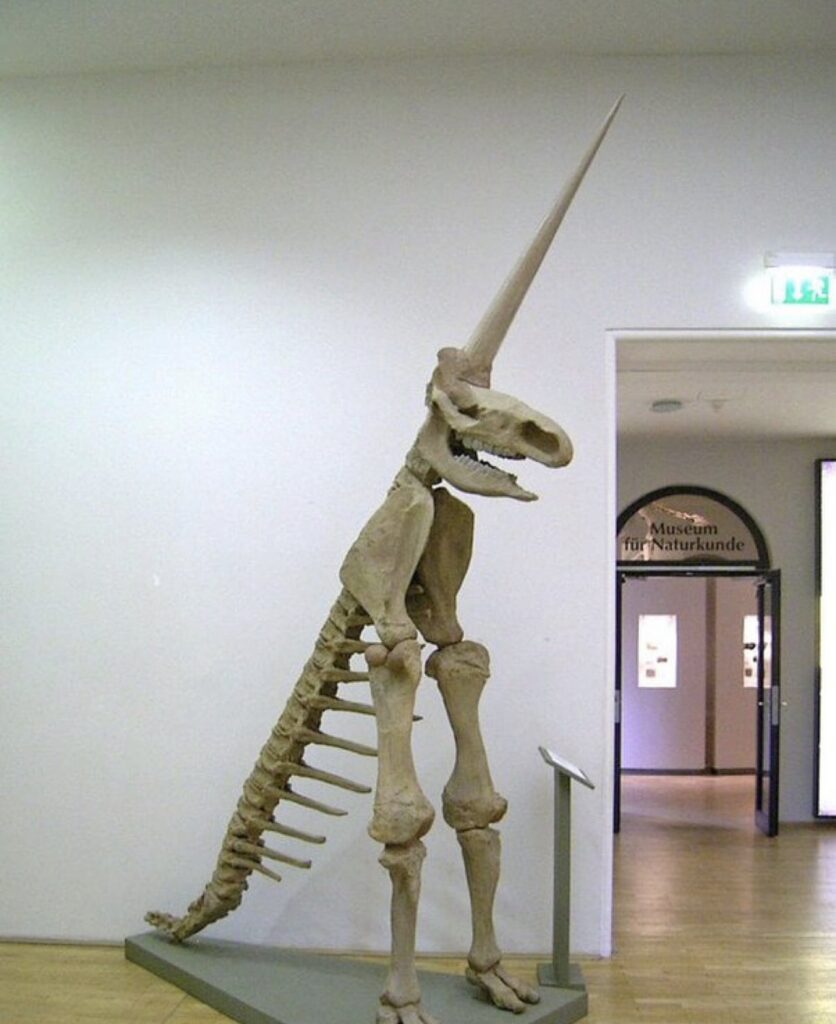
However, von Guericke’s original 3D reconstruction, if there ever was one, was lost, and philosopher and scientist Gottfried Leibniz is believed to have created a drawing of the creature based on von Guericke’s work. Leibniz, who held both legitimate and fantastical theories, believed in the existence of unicorns and other mythical creatures, and his drawing of the Magdeburg Unicorn was published in his 1749 book “Protogaea.”
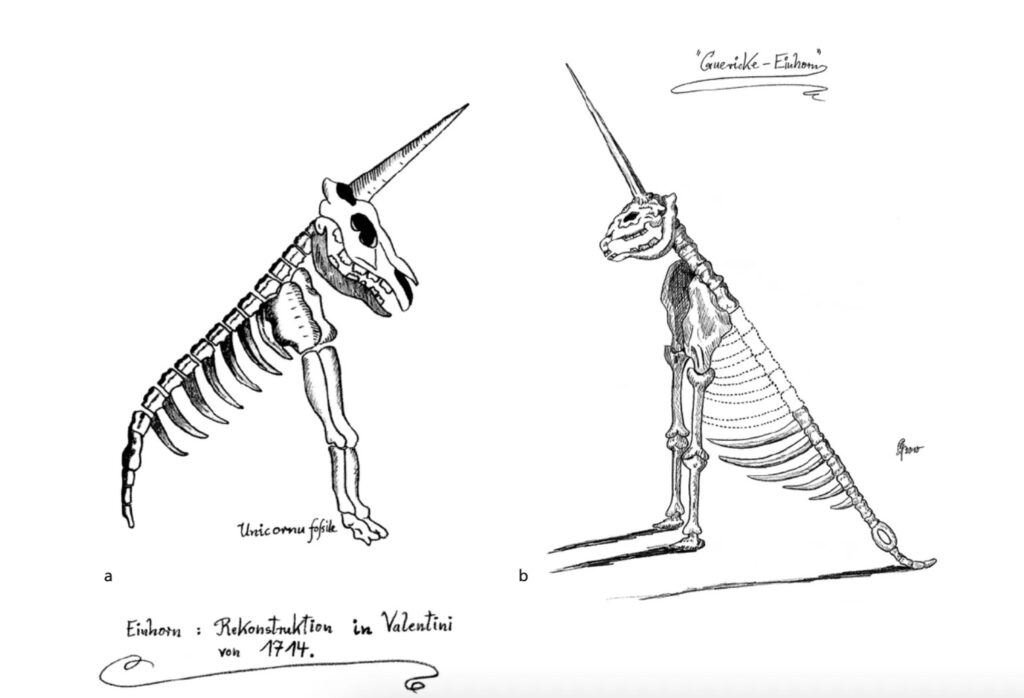
The true identity of the Magdeburg Unicorn has been the subject of much debate among scientists. Some have suggested that the creature is a woolly rhinoceros, while others have proposed that it is a narwhal. The woolly rhino was described for the first time in 1769, over a century after the unicorn bones were unearthed. The narwhal, a type of whale with a long, spiral tusk, was also known in Europe during the time of the unicorn’s discovery.
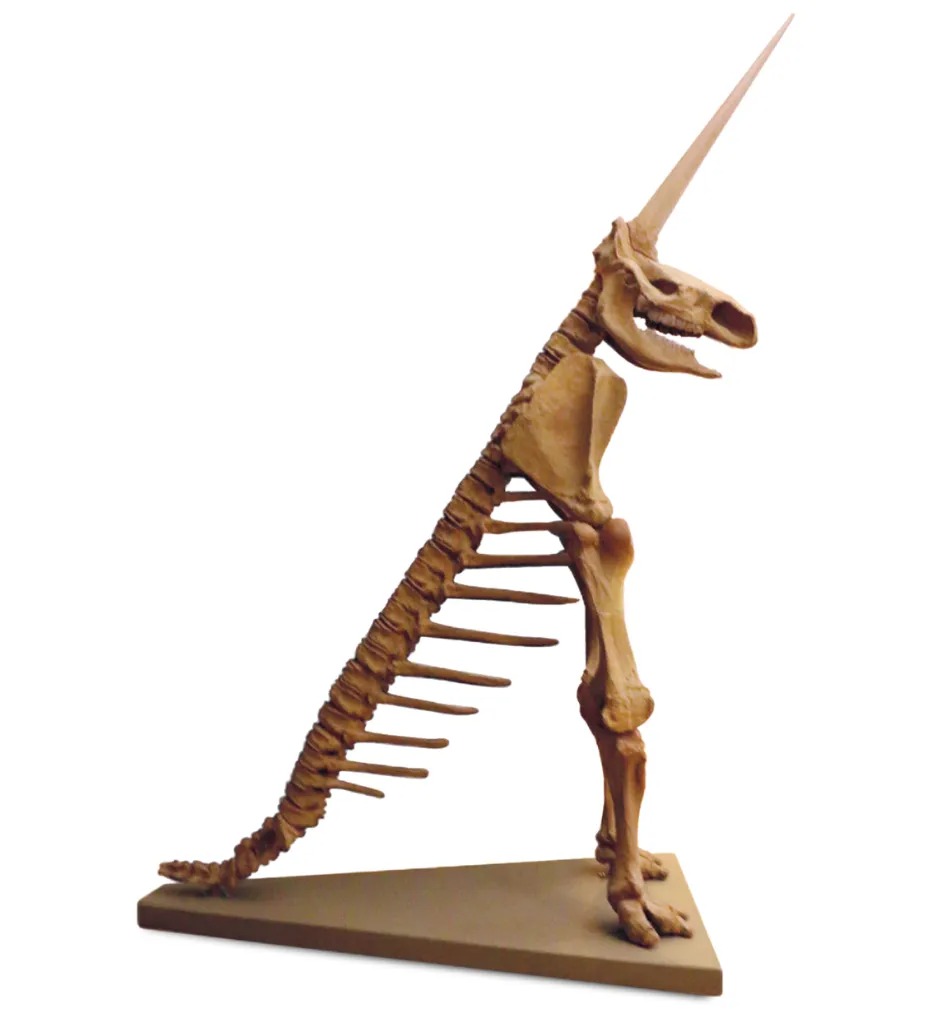
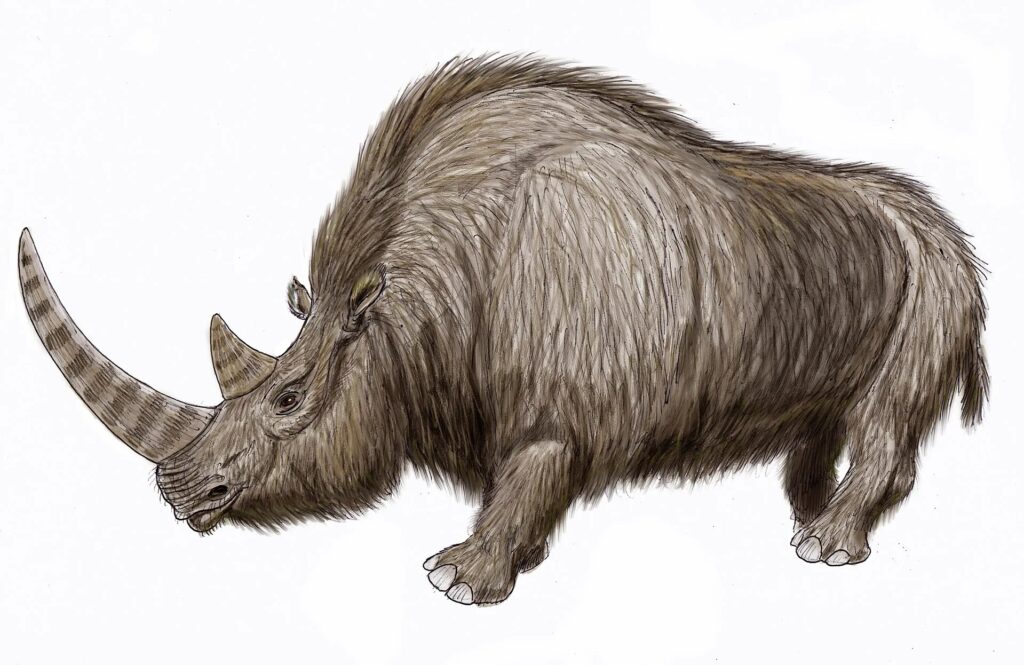
Despite ongoing speculation about the creature’s identity, the Magdeburg Unicorn remains an intriguing piece of scientific history. It serves as a reminder of the challenges faced by scientists in the past as they tried to understand the natural world, and of the enduring allure of mythical creatures.

Leave a Reply